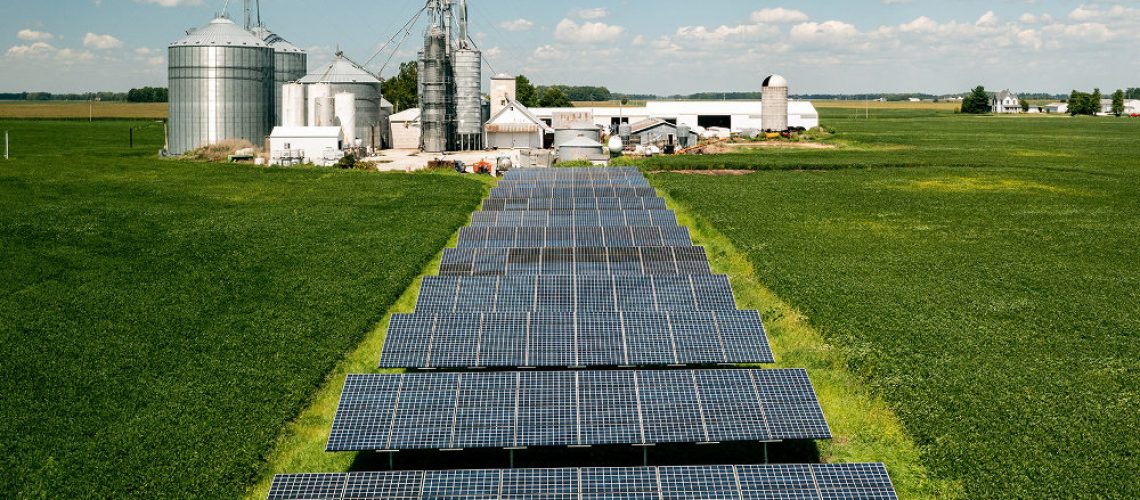Big businesses in the Midwest are making big plans to deploy solar and other clean energy measures. A new report by The Nature Conservancy (TNC) found that, as the world grapples with the urgent need to build resiliency against global warming, large businesses and employers in the Midwest are striving to reduce their carbon footprints by setting ambitious clean energy goals.
Renewable energy generation has increased across the Midwest states listed in the TNC report. However, several factors are responsible for influencing the pace of renewable deployment.
TNC’s Charting a Clean Energy Future report focuses on five Midwestern states — Illinois, Indiana, Michigan, Ohio and Wisconsin — to provide valuable insights into the critical business demand for renewables, the progress made in each state, and offers helpful tools to help a growing number of businesses ensure renewable projects meet environmental and social commitments.
Key findings show that 54% of large businesses and employers across all five states, including Fortune 500 companies, have set ambitious renewable energy goals that reflect a shared commitment to reduce greenhouse gas emissions and transition to clean energy sources.
However, all five states have far to go to catch up with the states at the forefront of renewable energy generation, including Iowa, South Dakota, Oklahoma, Kansas, and Maine which are all producing 50% or more of their electricity from wind and solar energy. While solar and wind electricity generation has increased across all five Midwest states in this report, none generate more than one fifth (20%) of their electricity from wind and solar energy.
“A rapid buildout of renewable energy is not only necessary to address global warming but is also essential for large businesses and employers in the Midwest to remain competitive,” said Anna Dirkswager, The Nature Conservancy’s director of climate and energy in the Midwest. “To overcome these challenges, we need a concerted effort to invest in renewable energy projects and create a holistic approach that supports both corporate goals and environmental responsibility.”
Two barriers to growth are highlighted in this report, including varying local and state policies, and land-use concerns. These challenges result in missed opportunities for job creation and emissions reduction. They also hinder the ability to take advantage of tax incentives from the Inflation Reduction Act, which can cover up to 60-70% of the cost of a new solar or wind project.
The Charting a Clean Energy Future report calls for a holistic approach to renewable procurement and siting that avoids high-impacts on wildlife, habitat, people or communities. Ground-breaking research from TNC shows that it is possible to avoid most impacts to sensitive natural and working lands by following purposeful siting practices. This approach, detailed in TNC’s Power of Place report, cuts the amount of land needed for renewable installations to reach the U.S. net zero goal in half.
TNC has developed resources that can help Midwest companies identify a way forward to help their organizations meet greenhouse gas reduction targets while also considering social commitments and environmental impacts. Such resources and tools include Power of Place, Site Renewables Right and Power with Purpose, a white paper created in partnership with Rivian.
Tags: commercial and industrial, market research, The Nature Conservancy



